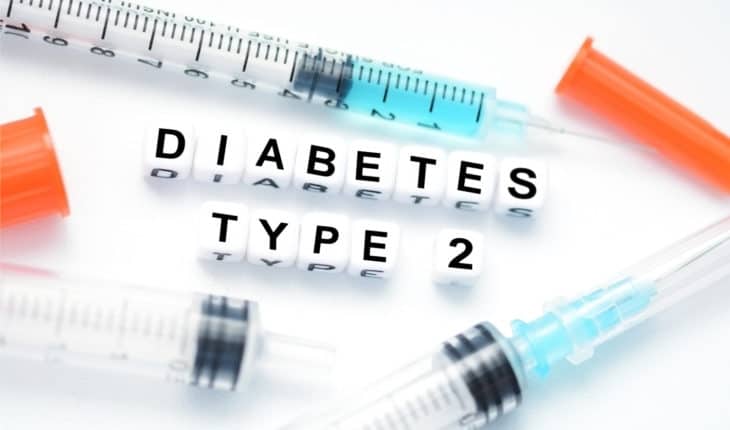A new study from the University of Eastern Finland finds gaps and gender differences in current type 2 diabetes management.
Type 2 diabetes is often accompanied by elevated cholesterol levels, but many patients do not receive appropriate cholesterol-lowering treatment, according to the study conducted among type 2 diabetes patients in North Karelia, Eastern Finland.
Type 2 diabetes is a major risk factor of cardiovascular diseases, such as coronary artery disease and heart failure, as well as premature death. To prevent or at least delay complications, regular health care visits and good control of blood glucose, low-density lipoprotein cholesterol (LDL-C) and other risk factors are needed.
A new study from the University of Eastern Finland shows that LDL-C control and statin prescriptions remain suboptimal in clinical practice – despite guidelines recommending consistently to treat elevated LDL-C with statins at moderate- to high-intensity. The study analysed electronic health records of 8,592 type 2 diabetes patients in North Karelia, Eastern Finland, who visited primary and specialised care services between 2012 and 2017.
The researchers analysed LDL-C values over time and identified four groups with different trajectories. The majority of patients (86%) had relatively stable LDL-C values at moderate levels and only a few patients showed a significant increase (3%) or decrease (4%) during the follow-up. However, the second-largest group (8%) consisted of patients with alarmingly “high-stable” LDL-C levels at around 3.9 mmol/L.
The “high-stable” LDL-C group had the lowest proportions of patients on moderate- and high-intensity treatment as well as any statin treatment. The proportion of patients receiving any statin treatment even decreased from 42% to 27% among men, and from 34% to 23% among women between 2012 and 2017.
“We observed significant gender differences in care processes and outcomes,” says Early Stage Researcher Laura Inglin from the University of Eastern Finland. “In all the trajectory groups, women had significantly higher average LDL-C levels and received any statin treatment and high-intensity treatment less frequently than men.”
- Gut microbiome could delay onset of type 1 diabetes - 3rd April 2025
- The da Vinci 5 Robot Is Set To Transform Bariatric Care: - 31st March 2025
- Beyond money: the hidden drivers fuelling child food insecurity - 31st March 2025






